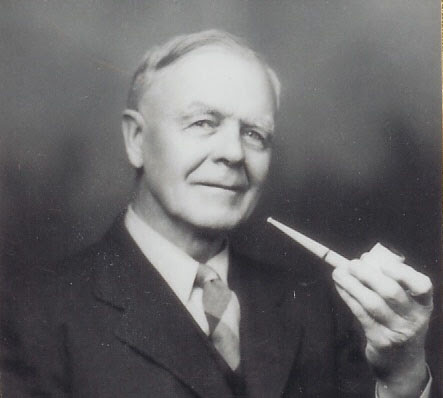Book an appointment today
What is Craniosacral Therapy?
Cranio-sacral therapy is a gentle treatment approach, that does not involve manipulation of the body. Therapists are trained to feel a subtle, rhythmical movement that expresses itself through all the body tissues. This is called involuntary motion. The therapist can ‘listen’ to the body with their hands, and subsequently identify and treat imbalances and restrictions that are causing the symptoms.
The extremely gentle manipulative touch used in cranial sacral therapy makes it an ideal tool for everybody including babies, children and people who are unsuited to other forms of physical treatment. Cranio-sacral treatment is gentle, yet profound. It addresses the anatomical level (biomechanic approach), but also taps into the person’s own inherent life force (biodynamic approach).

Cranio-sacral therapy does not specifically revolve around symptoms and diseases, but attempts to reestablish the underlying vitality of the system. Anectodally it is used to help:
- back and neck pains;
- headaches;
- muscular and joint aches;
- breathing problems;
- digestive disorders;
- gynaecological conditions;
- fatigue;
- stress;
- general ill health;
- colics and ear infections in babies;
- asthma and learning difficulties in children;
- emotional distress;
- traumatic experiences.
It can address lots of conditions which are poorly recognised by a purely medical perspective, such as long effects of viral conditions, myalgic enceephalitis, fybromyalgia, chronic disorders, etc.
How does it work?

He subsequently identified subtle rhythmic motions, which are expressed not just in the cranium, but throughout the body. What happens within the body in a diseased state is described by the therapist in terms of changes in quality, symmetry and motion, rather than direct association with symptoms. The therapist witnesses and engages with these motions.
The cranio-sacral system looks at the person within the broader context of body, mind and spirit but also at the environment that surrounds us and causes us emotions, illnesses and traumas. It takes into account everything that interacts with us and contributes to forms our personality.
Cranio-sacral integration implies addressing all these layers, from dense to subtle:
- the anatomical axe of cranium, vertebrae and sacrum;
- the craniosacral rhythm and the tidal waves which are expressed by the system as a whole, including fluids, fasciae, tissues and organs;
- The auric level, or matrix, a dimension which can be described only at quantum level, in which the internal healing forces of the individual meet the external forces that are originated by our surrounding environment, such as nature, and other living beings, (friends, colleagues, family, etc.)
What happens during the treatment?
The patient is asked to lie down comfortably and fully clothed, in a quiet therapeutic environment.
The therapist engages with the system by a most gentle physical contact, described as the butterfly touch. Hands will be placed along the cranio-sacral axe, usually on areas corresponding with pivotal anatomical features and energetic centres, such as the chakras, or any other part of the body. Occasionally the patient may experience that involuntary movements occur, or an emotional release may be triggered during the session. Traumatic experiences are memorised at physical level and these events are therefore considered part of the healing process.
Consent will be asked at the start of the treatment and brief explanations about what the therapist is doing will be given throughout the treatment.
Cranio-sacral integration is gentle, profound, subtle, all-encompassing and at the same time powerful. Disease often begins with a disruption at the emotional and spiritual levels, before eventually somatising. The treatment aims at addressing and integrating all these layers of the patient’s being. Therefore the focus will constantly move from the biomechanical to the biodynamic approach, using specific techniques such as fascial unwinding, emotional release, etc.
The healing process tends to take its course following a natural direction, which a state of health, wellbeing and happiness.
Cranio-sacral treatment does not substitute medical treatment and you should not stop taking your medications. You will be advised to seek medical help when necessary.
